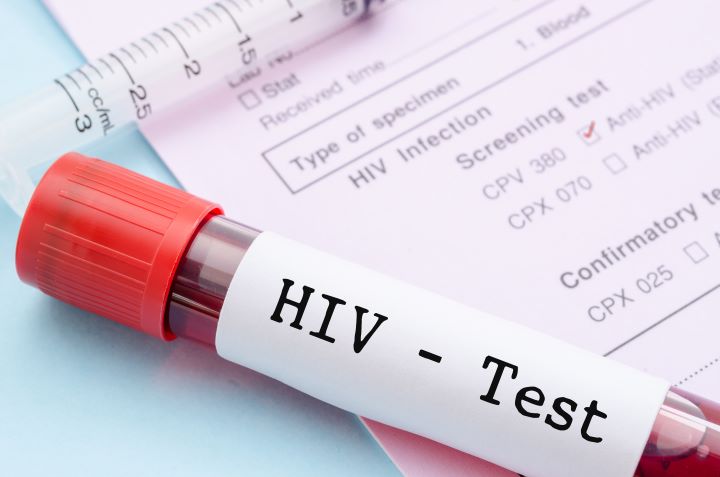Leukemia treatment: approaches, options, and care considerations
Leukemia is a group of blood cancers that affect white blood cells and bone marrow function. Treatment has become more varied over recent decades, combining traditional therapies like chemotherapy and radiation with targeted drugs, immunotherapies, and stem cell transplantation. Choices depend on leukemia type, patient age, overall health, and specific genetic markers; care often involves multidisciplinary teams coordinating diagnosis, treatment, and ongoing monitoring.

This article is for informational purposes only and should not be considered medical advice. Please consult a qualified healthcare professional for personalized guidance and treatment.
What is leukemia and its types?
Leukemia describes cancers that originate in the bone marrow or blood-forming cells and produce abnormal white blood cells. Major categories include acute lymphoblastic leukemia (ALL), acute myeloid leukemia (AML), chronic lymphocytic leukemia (CLL), and chronic myeloid leukemia (CML). Acute forms progress rapidly and usually need urgent treatment, while chronic forms can be slower and sometimes monitored before active therapy. Subtypes are defined by cell lineage and genetic or molecular features that influence both prognosis and specific treatment choices.
How is leukemia diagnosed?
Diagnosis typically begins with blood tests showing abnormal counts or cell appearances, followed by bone marrow aspiration and biopsy to confirm the diagnosis and assess marrow involvement. Further tests often include flow cytometry to identify cell types, cytogenetic analysis and molecular testing to detect chromosomal changes or gene mutations, and imaging when needed to check for organ involvement. Accurate diagnosis and classification are essential because many modern therapies target specific genetic abnormalities or molecular pathways.
Which treatment approaches are used?
Standard treatments vary by type and may combine several modalities. Chemotherapy remains a cornerstone for many leukemias and may be given intensively in cycles to induce remission. Radiotherapy can be used for localized disease or as part of preparative regimens before transplant. Allogeneic stem cell (bone marrow) transplantation can offer curative potential for some patients by replacing diseased marrow with healthy donor cells, but it carries significant risks and suitability is carefully assessed. Supportive measures—transfusions, antibiotics, and growth factors—help manage complications during treatment.
How do targeted and immunotherapies work?
Targeted therapies inhibit specific proteins or pathways important for cancer cell survival. Examples include tyrosine kinase inhibitors for CML that block BCR-ABL activity and drugs targeting FLT3 or IDH mutations in subtypes of AML. Immunotherapies harness the immune system, such as monoclonal antibodies that bind cancer cells or CAR-T cell therapies that engineer a patient’s own T cells to attack leukemia cells. These approaches can offer improved specificity and, for some patients, durable remissions. Selection depends on molecular testing results and clinical trial availability.
Managing side effects and supportive care
Treatment side effects vary with therapy type and intensity and may include infection risk, anaemia, fatigue, nausea, organ-specific toxicities, or long-term risks such as secondary malignancies or infertility. Supportive care aims to prevent or treat complications: prophylactic antimicrobials, transfusions, growth factor support, nutritional and psychological support, and rehabilitation services. Fertility preservation discussions, vaccination review, and monitoring for late effects are important components of comprehensive care. Shared decision-making and clear communication about risks and expected benefits support patient-centred treatment planning.
Accessing local services, clinical trials, and multidisciplinary care
Treatment planning typically involves a multidisciplinary team—haematologists, oncologists, transplant specialists, nurses, pharmacists, and allied health professionals. Patients should ask about local services in your area, including specialist haematology centres and transplant units. Clinical trials are an important option for certain diagnoses and can provide access to emerging therapies; trial registries and specialist centres can advise on eligibility. Support groups, palliative care input when needed, and social services play roles in coordinating care, travel, and financial considerations.
Conclusion
Leukemia treatment is complex and personalised, combining diagnostic precision with a range of therapies from conventional chemotherapy to newer targeted and immune-based approaches. Treatment decisions hinge on leukemia subtype, genetic features, and patient-specific factors, and are best made through informed discussions with specialist teams. Ongoing monitoring, supportive care, and consideration of clinical trials contribute to optimizing outcomes and quality of life.



